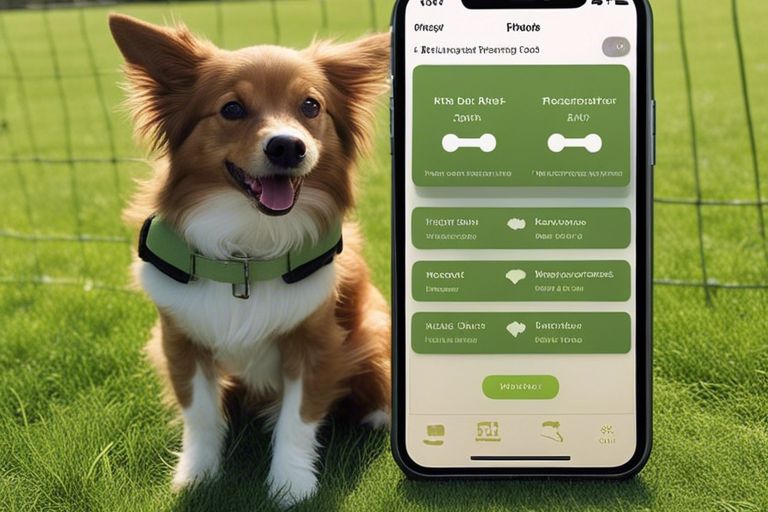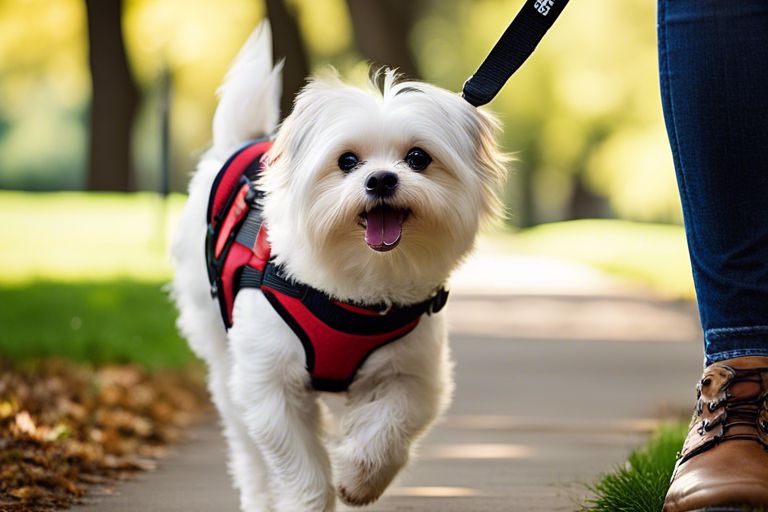Separation anxiety in dogs can be a difficult behavior to deal with, but with the right strategies, it can be prevented. Understanding your dog’s emotions and implementing proper training techniques are essential in addressing this issue. I have dealt with separation anxiety in my own dogs, and through trial and error, I have discovered effective methods for preventing it. The key is to start early and set up a routine that builds your dog’s confidence and independence. By implementing positive reinforcement training and gradually exposing your dog to being alone, you can help prevent the development of separation anxiety. In this blog post, I will share with you my insights and tips on how to prevent your dog from developing separation anxiety.
Key Takeaways:
- Gradual Exposure: Start by leaving your dog alone for short periods of time and gradually increase the duration to help them get used to being alone.
- Establish a Routine: Stick to a consistent daily schedule for feeding, exercise, and playtime to provide structure and predictability for your dog.
- Provide Mental Stimulation: Use puzzle toys, interactive activities, and obedience training to keep your dog’s mind engaged and prevent boredom when alone.

Establishing a Routine
One of the key ways to prevent your dog from developing separation anxiety is by establishing a consistent routine for them. This means having set times for meals, walks, playtime, and alone time. A routine helps your dog know what to expect and provides a sense of stability and security. For more detailed information on how to prevent separation anxiety in dogs, you can check out this article on 8 Ways to Prevent Separation Anxiety in Dogs.
Benefits of a Consistent Schedule
Having a consistent schedule for your dog has numerous benefits. It helps them learn when to expect meals and potty breaks, which can aid in preventing accidents in the house. Additionally, a regular routine can help reduce stress and anxiety for your dog, providing them with a sense of security and predictability. Consistency in your dog’s daily activities can significantly contribute to their overall well-being and behavior.
Incorporating Alone Time Gradually
When it comes to preventing separation anxiety, it’s essential to introduce alone time gradually to your dog. Start by leaving them alone for short periods and gradually increase the duration as they become more comfortable. This process helps your dog learn that being alone is normal and nothing to be anxious about. Gradually increasing alone time can help prevent your dog from developing separation anxiety and promote their independence.
Training and Behavior Modification
Even though preventing separation anxiety in dogs involves creating a secure environment and building trust, training and behavior modification play a crucial role in addressing this issue. By providing structured guidance and benefiting from professional support, I can effectively work on altering my dog’s behavior and responses when I leave the house.
Basic Obedience Training
Establishing a solid foundation through basic obedience training is essential in preventing separation anxiety in dogs. Learning commands such as “sit,” “stay,” and “come” can help me establish leadership and communicate expectations effectively. Making obedience training a part of my dog’s routine can boost their confidence and provide a sense of security, reducing the likelihood of separation anxiety.
Desensitization and Counterconditioning Techniques
Desensitizing my dog to my departure cues and developing positive associations with being alone are crucial in preventing separation anxiety. By gradually exposing my dog to my leaving routine and pairing it with rewards and positive experiences, I can help diminish their anxiety and fear of being alone. Employing counterconditioning techniques, such as using special toys or treats only when I’m away, can help change my dog’s emotional response to being alone, making the experience less stressful.
Environmental Enrichment
For dogs prone to separation anxiety, providing an enriched environment can be beneficial in preventing the development of this behavior. Environmental enrichment includes various elements that can keep your dog’s mind and body active, reducing the likelihood of stress and anxiety when left alone.
Interactive Toys and Puzzles
Interactive toys and puzzles are a great way to keep your dog entertained and mentally stimulated while you’re away. These toys can provide hours of engagement, keeping your dog focused and less likely to become anxious or bored. Look for toys that dispense treats or require your dog to solve a puzzle to access a reward. These types of enrichment activities can help keep your dog’s mind engaged and provide a positive distraction.
Physical Exercise and Mental Stimulation
Ensuring that your dog receives adequate physical exercise and mental stimulation on a daily basis can go a long way in preventing separation anxiety. Regular walks, playtime, and training sessions can help to burn off excess energy and keep your dog’s mind engaged. Consider incorporating activities such as scent work, agility, or obedience training to provide mental challenges that can help prevent anxiety from developing.
Professional Help and Support
Not all cases of separation anxiety can be managed solely by the owner. In some instances, seeking professional help and support may be necessary to address the root cause of the behavior and provide a comprehensive treatment plan for your dog.
When to Seek Assistance from a Veterinarian
If your dog’s separation anxiety is severe and causing distress for both you and your pet, it may be time to seek assistance from a veterinarian. They can conduct a thorough assessment to rule out any underlying medical conditions that may be contributing to the behavior. Additionally, they can provide guidance on potential medication or supplements that can help manage your dog’s anxiety. It’s important to remember that medication should always be used in conjunction with behavioral modification techniques, not as a standalone solution.
The Role of Professional Trainers and Behaviorists
Professional trainers and behaviorists play a crucial role in helping to modify and manage your dog’s separation anxiety. They can provide you with the tools and techniques to gradually desensitize your dog to being alone, as well as implement a behavior modification plan tailored to your dog’s specific needs. A professional trainer or behaviorist can also offer guidance on creating a suitable environment for your dog, as well as establishing a routine that promotes calm and relaxation while you are away.
Preventing Separation Anxiety in Dogs
Now that you understand the signs and causes of separation anxiety in dogs, it’s important to take proactive steps to prevent it from developing. Make sure to gradually acclimate your dog to alone time, provide plenty of physical and mental stimulation, and avoid making a big fuss when leaving or arriving home. Additionally, consider using calming pheromones or providing a special treat or toy that is only given when you leave. By taking these preventative measures, you can help ensure that your dog feels secure and comfortable when left alone, reducing the likelihood of separation anxiety developing.
FAQ
Q: What is separation anxiety in dogs?
A: Separation anxiety in dogs is a distressing condition where a dog becomes anxious and stressed when they are separated from their owner or when left alone. This can lead to destructive behavior, excessive barking, and other problematic habits.
Q: How can I prevent my dog from developing separation anxiety?
A: To prevent your dog from developing separation anxiety, it’s essential to start with proper training from a young age. Gradually accustom your dog to being alone, using positive reinforcement and creating a safe, comfortable environment. Additionally, maintaining a regular and consistent routine can help reduce anxiety in your dog.
Q: Are there specific breeds more prone to separation anxiety?
A: While separation anxiety can affect any breed, certain breeds are more prone to developing this condition, including Labrador Retrievers, German Shepherds, and Cavalier King Charles Spaniels. However, it’s important to note that individual temperament and early socialization play a significant role in a dog’s predisposition to separation anxiety.

